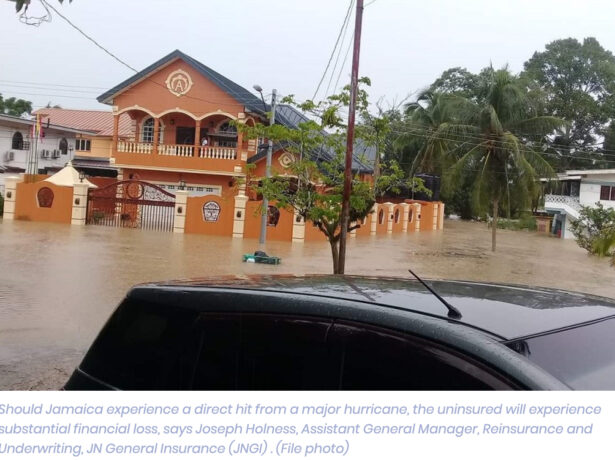1. A Homeowners policy provides coverage for residential properties in the event of damage to the building and or contents, caused by perils insured by the policy. Examples of such perils are fire, flood, earthquake , hurricanes/ windstorms, burglary and theft. In addition, the policy generally covers the legal liability of the insured, incurred at the premises, to (a) domestic employees and ( b) visitors to the insured property.
2. Only buildings and contents are considered by the insurance; land is not covered. It is recommended that your sums insured are revised annually especially if home improvements were done. This will mitigate the effects of under-insurance and the application of the average clause in the event of a claim. If you cannot afford a valuation, you may obtain a report from a loss adjuster who provides insurance valuation services. Be sure to submit this to your insurer before or around the time of your annual renewal so the necessary changes can be done.
3. The reinstatement cost/replacement value, which is found in a valuation report, is used to determine the sum insured for the building(s). The market value or forced sale value is not used as it may, among other things, include the value of the land.
4. Claims should be made within 30 days of an event. Among the documents to submit are completed Homeowners insurance claim forms, an estimate of damage done to the insured property, supported by pictures if available. In the case of a fire or vandalization, a police report is required.
5. The policy is subject to an average clause, which means the insured is responsible for a portion of the claim, should the sum insured be less than 85% of the replacement value. This is one reason it is important to ensure that an up-to-date valuation is in place.


